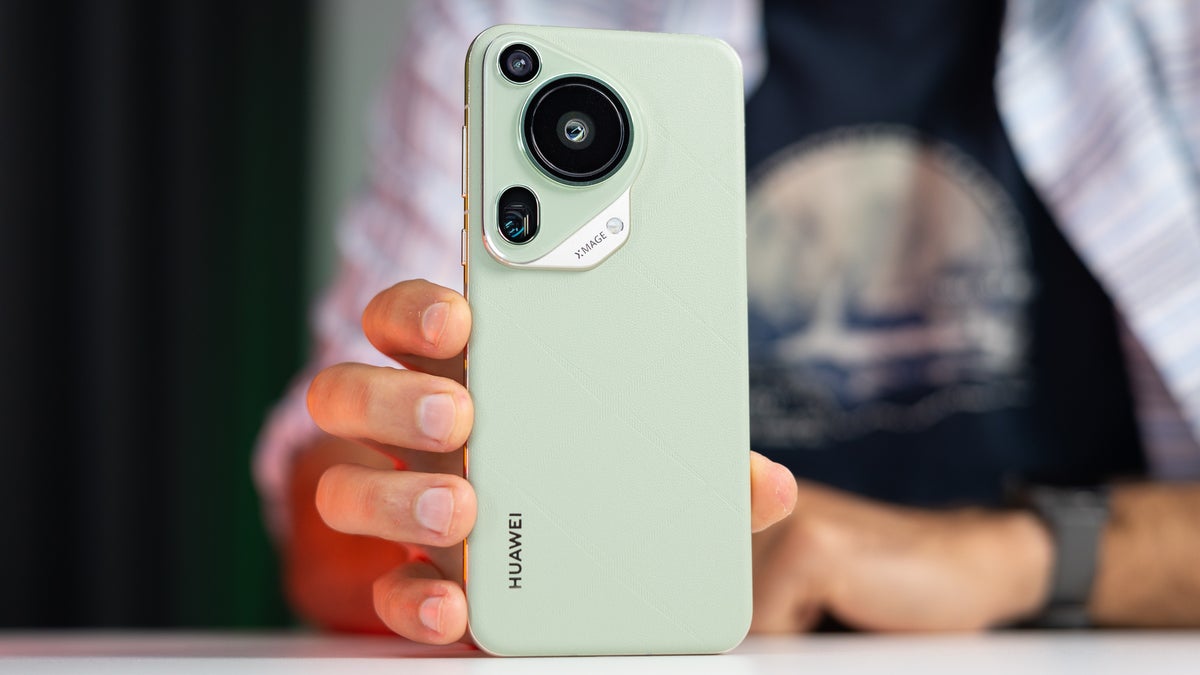The Huawei Pura 80 series has just been launched, introducing the Pura 80 Pro+, Pura 80 Ultra, and the base Pura 80 model. A lot of excitement is buzzing around the new Ultra version, which comes with the powerful Kirin 9020 chipset. While Huawei has not officially disclosed the chip powering these phones, they have claimed that these new models are 36% faster than the previous Pura 70 series. However, we know the Pura 80 Ultra is expected to feature the Kirin 9020, which is the same chipset found in the Mate 70 series. On the other hand, the Pura 70 series used the older Kirin 9010 chipset.

The Kirin 9020 is a custom-designed processor by Huawei’s HiSilicon, featuring a tri-cluster configuration with Taishan cores: one large core running at 2.5GHz, three mid cores at 2.15GHz, and four smaller cores running at 1.6GHz. Interestingly, the two larger cores have hyperthreading, allowing them to run two threads each, which can be seen as a 2+6+4 configuration in some software, instead of the actual 1+3+4 setup. The GPU is a Maleoon 920 clocked at 840MHz, providing strong graphics performance for a variety of applications.
For the Pura 80 Pro, it is still unclear whether it also uses the Kirin 9020, but it’s highly likely. On the other hand, the base Pura 80 may use a slightly down-clocked version of the 9020, known as the Kirin 9020A, which runs at slightly lower clock speeds-2.4GHz, 2.0GHz, and 1.6GHz for the different CPU clusters.
Both the Pura 80 and Pura 80 Pro models are equipped with 12GB of RAM and storage options ranging from 256GB to 1TB. The higher-end Pura 80 Pro+ and Ultra models have 16GB of RAM and feature 512GB or 1TB storage options. All models come with Huawei’s HarmonyOS 5.1 pre-installed.
While Huawei has made significant strides despite facing sanctions, some critics argue that its performance still lags behind competitors, like Qualcomm and MediaTek. Despite impressive achievements in chip development, there’s concern that Huawei might be struggling with the limited resources available due to these external pressures.
2 comments
Impressive achievement, considering all the sanctions against Huawei. But, tbh, it’s still kinda weak compared to the competition
Don’t blame Huawei for this… it’s not their fault that they can’t use TSMC chips. Sanctions are just making things harder for them. 😡